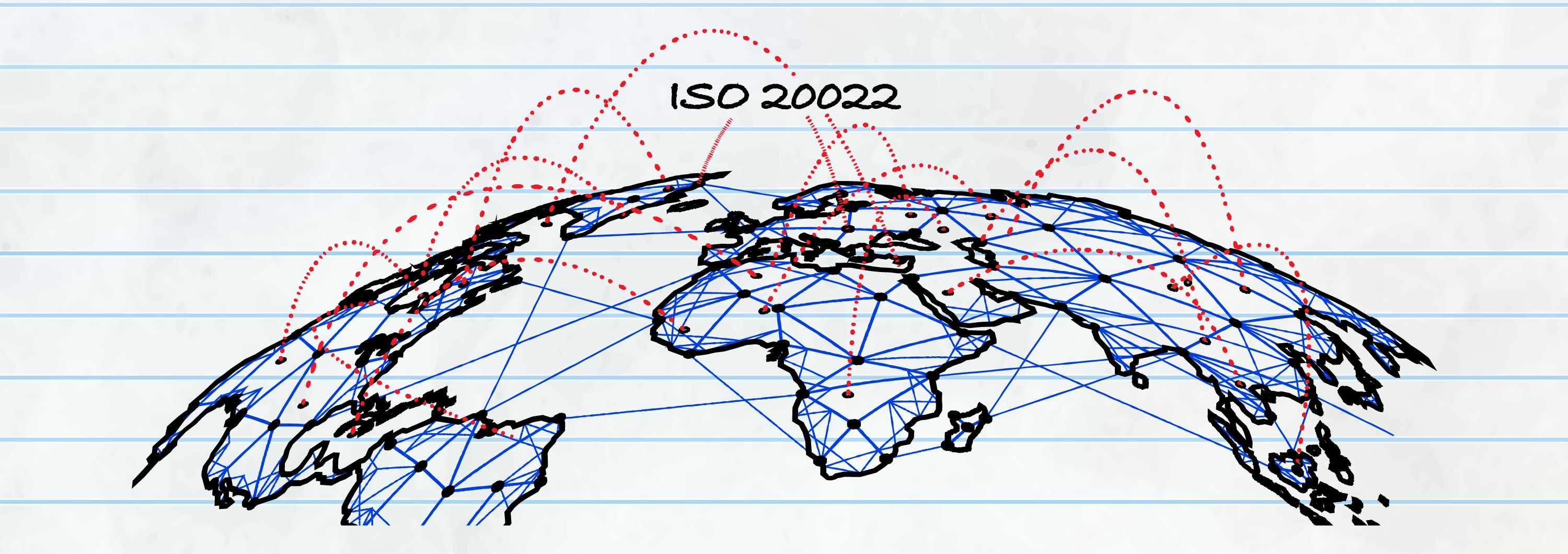When people without a common language interact, the information exchanged is often difficult to interpret and incomplete without a translator. Machines, as it turns out, aren’t all that different. Until now, a variety of generally incompatible message formats were used for different types of payments and geographical areas, requiring middleware to translate messages for cross-border and some other payment types.
ISO 20022 changes that.
Like other messaging standards, ISO 20022 provides a structure for sending and interpreting transaction data. What sets it apart is its collaborative origin and the use of an open syntax that is available for anyone to access. In effect, ISO 20022 uses a “universal language” that crosses borders and financial industry sectors.
What’s more, the three-layer structure of ISO 20022 makes it possible to include more information than other standards in each message sent. These more detailed messages increase data quality, making it possible to automate transactions that previously required manual intervention. Higher-value and cross-border payments automation, for example, are on the not-so-distant horizon.
Worldwide Implementation by 2025
What makes ISO 20022 so likely to take off in the next five years is how it plays nice with existing systems. The open syntax is reverse compatible, meaning it can map previous data descriptions from other standards into ISO 20022 messages. This interoperability isn’t just a transition feature—banks and other financial institutions will be able to continue to use existing tools (and easily integrate new ones) to support business processes into the future.
For banks, all of this essentially boils down to a data revolution. ISO 20022 means more structured data and the standardization of previously inconsistent payment messaging systems. This makes it possible for banks to determine payment flows by business needs rather than by messaging infrastructure.
The new standard holds particularly exciting implications for high-value and cross-border payments. ISO 20022 makes payment systems more responsive to new tech and more secure. The increased data in messages means increased efficiency and decreased risk as additional details provide buffers against fraud, scams, and other financial crimes.
A Bright Future for Banks and Payments
For banks, ISO 20022 is clearly a huge win. Payments will have fewer errors and more detail and flexibility, which will increase efficiency and straight-through processing rates. The standard also makes it possible to align and track payments in real-time across banks, systems, and payment channels. Ultimately, banks will unlock better reconciliation, improved transparency, and more unified processes across regions and regulations.
ISO 20022 will give banks more detailed payment data than ever before. With all that additional information, the innovative possibilities in the decades to come are endless.
